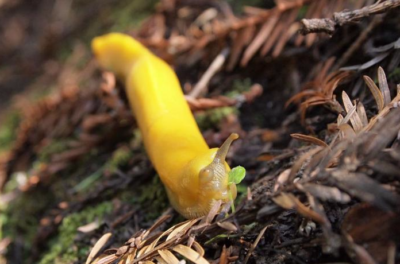
by Joy Stewart | Mar 14, 2017 | Native animals
Just like a true Washingtonian, the banana slug is not deterred by our winter weather and rain. Their cousins, snails, retreat into their shells and hibernate throughout the cold and rain; but not the slug! Despite their relative vulnerability in lacking a shell, the...

by Joy Stewart | Mar 14, 2017 | Goings on at SHADOW, Native animals
The start of amphibian season means that SHADOW Lake Nature Preserve is hopping! Just this February, the Nature Preserve hosted Bee My Valentine: A Native Pollinator Celebration. Together, we learned about the value of native pollinators and how individuals and...

by Joy Stewart | Mar 14, 2017 | Native plants
This native plant is especially eye-catching during winter months when the beautiful red coloring of its bark is especially prominent after a freeze. A fan of moist soil, this plant is often found along streams and in forested wetlands. Besides being beautiful, this...

by Joy Stewart | Mar 14, 2017 | Goings on at SHADOW, Native animals, Wetlands
Herpetology is the study of reptiles and amphibians. Herping is the act of searching for these creatures in their natural habitats. Both of the words herpetology and herping come from the Greek root herpeton, meaning ‘to creep”. This Greek root is...

by Joy Stewart | Mar 14, 2017 | Goings on at SHADOW, Native animals
If you enjoyed an apple today, you have a pollinator to thank for your snack! In fact, if you ate a strawberry, a lemon, an avocado, or even a batch of French fries, you have a pollinator to thank. One-third of all of the food we consume requires pollinations to get...







Recent Comments